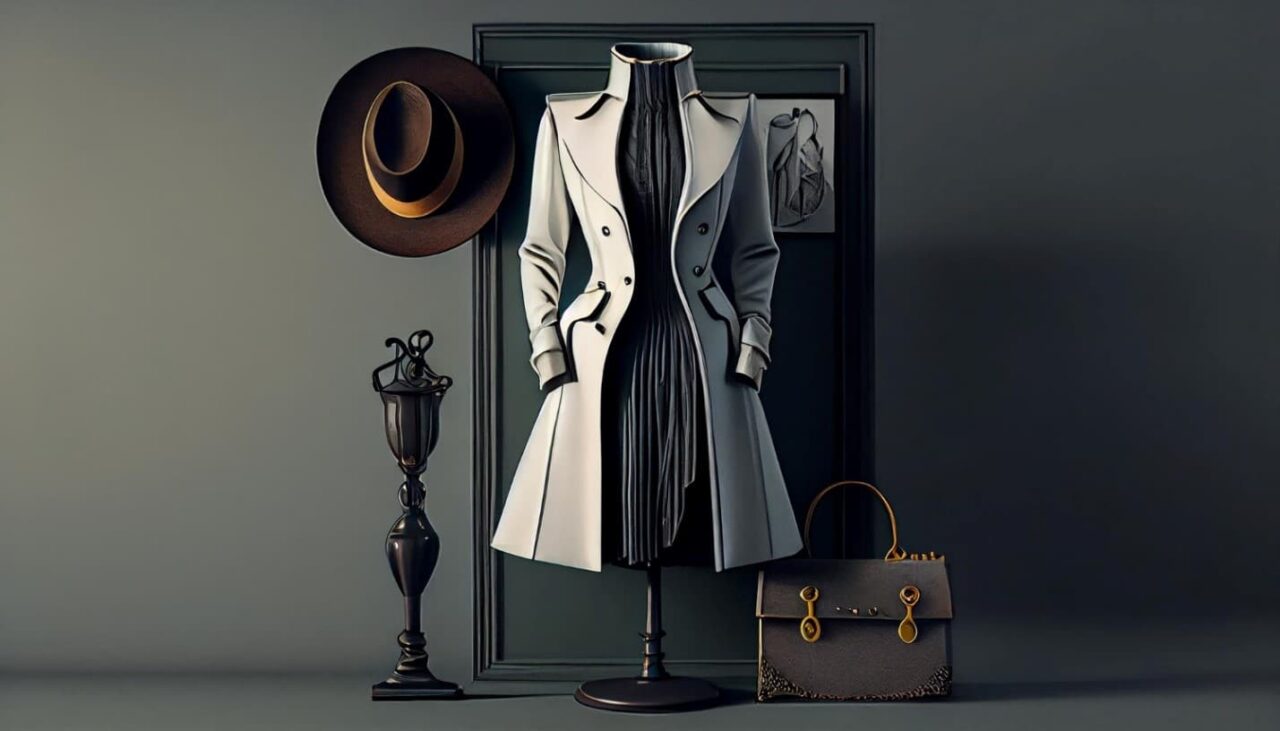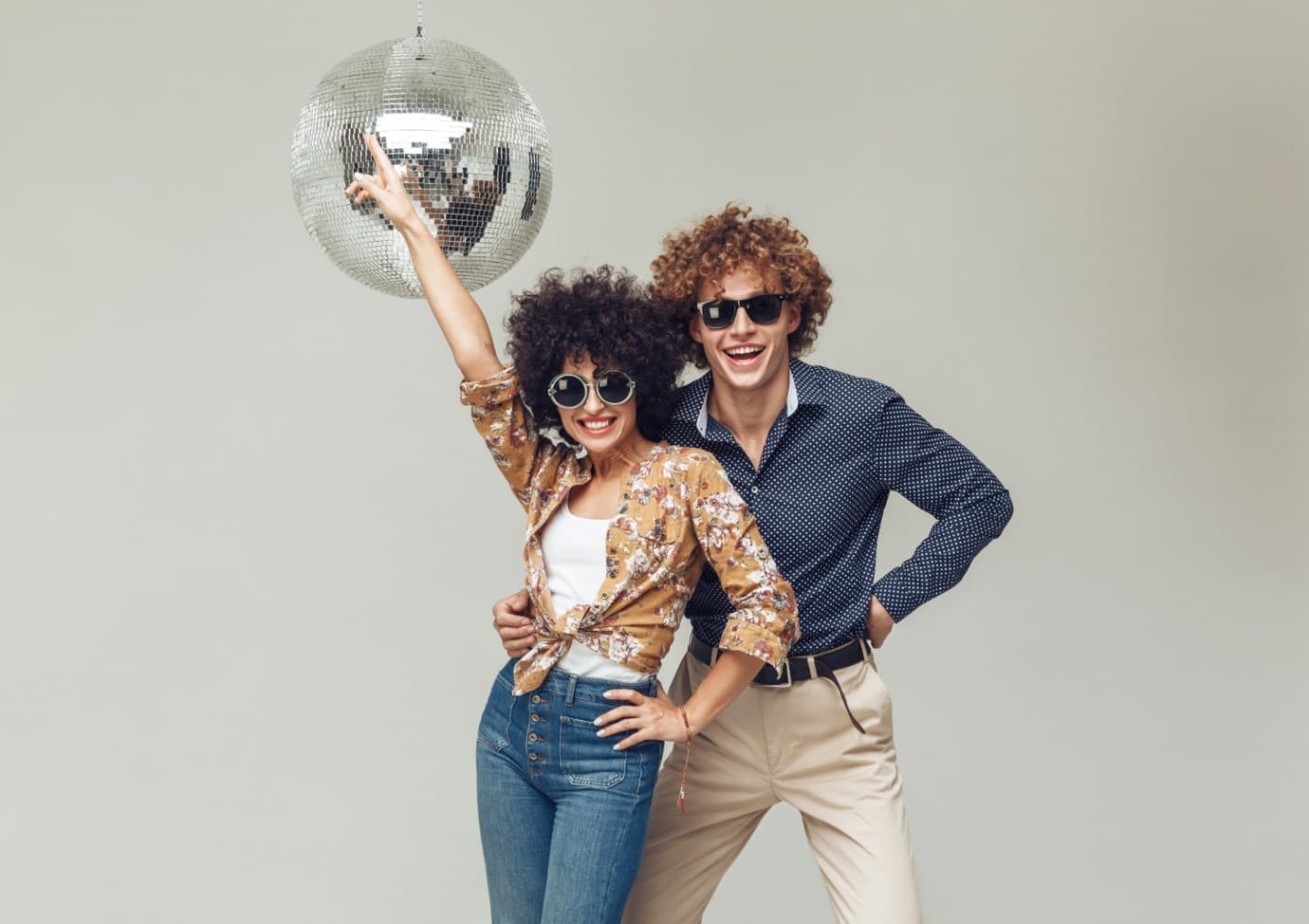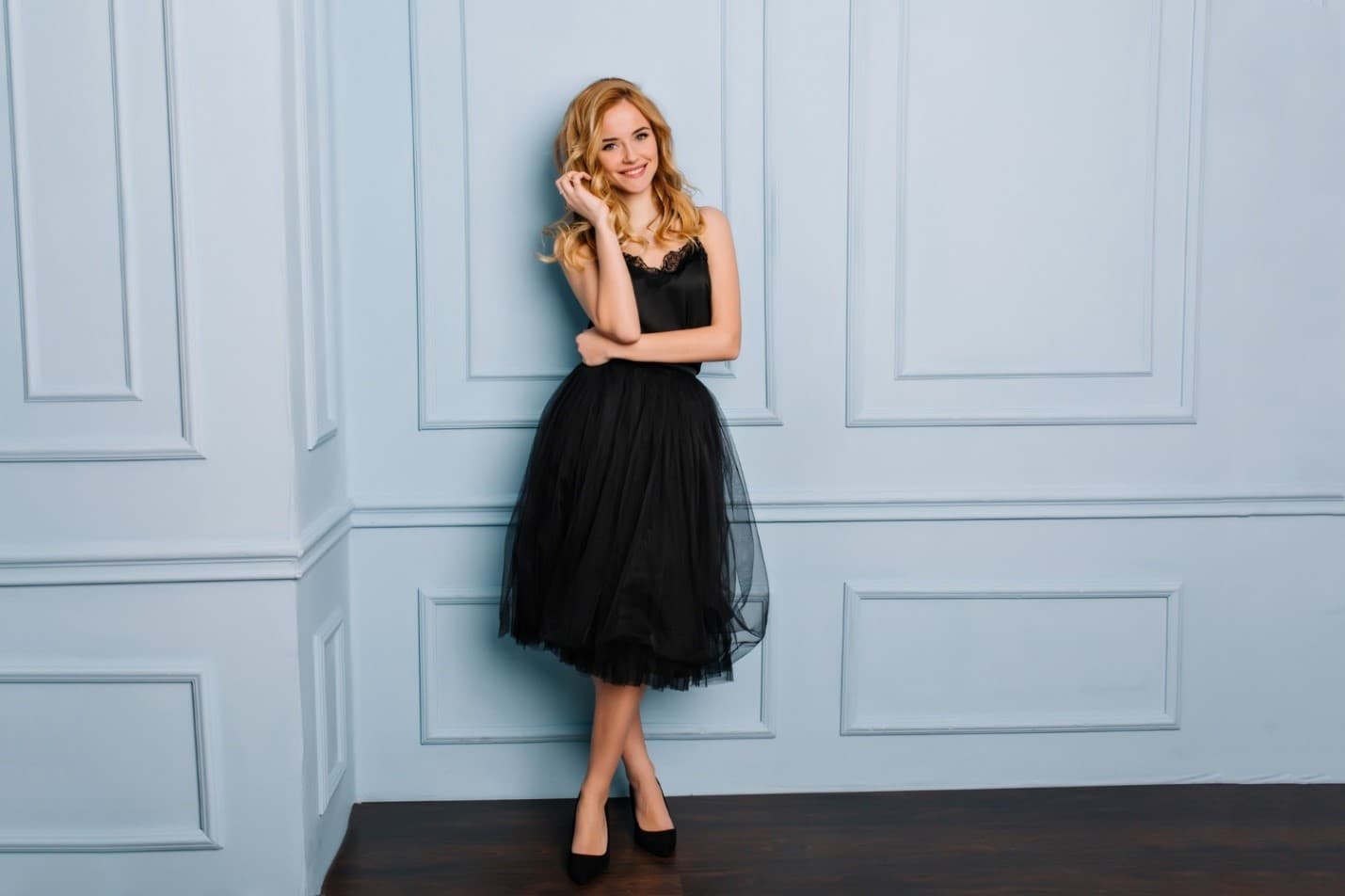Fashion is a dynamic and ever-changing industry, with trends coming and going like the seasons. Vintage fashion, however, is a timeless and enduring aspect of style that continues to captivate fashion enthusiasts of all ages. From the glamorous attire of the 1920s to the rebellious looks of the 1980s, the evolution of vintage fashion reflects each decade’s cultural shifts and societal changes. In this article, we will journey through time, exploring the distinctive fashion trends of each decade from the 1920s to the 1990s.
1920s: The Roaring Twenties – Flappers and Jazz Age Glamour
The 1920s marked a period of liberation and change, with women gaining more independence and social freedom. This was reflected in the era’s fashion, as flapper dresses became the epitome of rebellion against traditional norms. Women embraced shorter hemlines, dropped waists, and loose silhouettes. Cloche hats and bobbed hairstyles completed the look, emphasizing the sense of youthful exuberance and newfound empowerment.
1930s: The Great Depression – Elegance and Escapism
As the world faced economic hardship during the Great Depression, fashion took a more subdued turn. Women’s fashion of the 1930s was characterized by bias-cut dresses that clung to the body, creating a sense of sophistication and femininity. Long, flowing gowns with artful drapery were also popular, offering a touch of escapism from the harsh realities of the time.
1940s: World War II – Utility and Patriotism
World War II significantly impacted fashion, as materials were rationed, and practicality became essential. Utility fashion emerged, with women wearing dresses with simplified designs and fewer embellishments. The iconic “Rosie the Riveter” look, featuring denim overalls and work shirts, symbolized the contribution of women to the war effort. Patriotism was evident in fashion through the use of flag-inspired motifs and colors.
1950s: Post-War Prosperity – Dior’s New Look and Rock ‘n’ Roll
The 1950s witnessed a return to luxury and femininity with Christian Dior’s “New Look.” This style featured nipped-in waists, full skirts, and an emphasis on an hourglass figure. The emergence of rock ‘n’ roll brought about rebellious youth subcultures, with leather jackets, denim jeans, and pompadour hairstyles becoming iconic symbols of teenage rebellion.
1960s: The Swinging Sixties – Mod and Psychedelic

The 1960s were a time of immense social change and cultural revolution. Fashion embraced bold colors, geometric shapes, and psychedelic patterns. The mod style, characterized by miniskirts, shift dresses, and go-go boots, gained popularity. Icons like Twiggy and the Beatles influenced fashion choices, and the era’s sense of freedom and experimentation permeated clothing designs.
1970s: Disco Fever and Bohemian Chic
Disco music and nightlife became a dominant cultural force in the 1970s, influencing fashion trends. Glittering disco balls and dance floors inspired glamorous, shiny outfits with deep necklines and wide-legged pants. Simultaneously, the bohemian chic look celebrated individualism with flowy maxi dresses, fringe details, and an emphasis on natural fabrics like cotton and suede.
1980s: Excess and Bold Statements
Excess and bold fashion statements marked the 1980s. Power suits with exaggerated shoulder pads became the uniform of corporate women, signaling their rise in the workplace. Punk and new-wave styles brought leather jackets, ripped jeans, and bold makeup to the forefront. The era also witnessed the emergence of hip-hop fashion with tracksuits, gold chains, and high-top sneakers.
1990s: Minimalism and Grunge
The 1990s saw a stark departure from the excess of the ’80s. Minimalism became a dominant theme, with clean lines, neutral colors, and simple silhouettes. Inspired by Seattle’s music scene, Grunge fashion included flannel shirts, ripped jeans and combat boots. This era celebrated a more laid-back and anti-establishment attitude.
Fashion reflects the times, and vintage fashion allows us to explore the past through clothing. Each decade, it brought its unique style, influenced by cultural, economic, and social factors. Whether it’s the glamorous flapper dresses of the 1920s or the rebellious spirit of the 1980s, vintage fashion inspires and influences contemporary style. So, the next time you don a piece of vintage clothing, remember that you’re not just wearing a garment; you’re stepping into a piece of history.
In conclusion, vintage fashion provides a window into the past, allowing us to appreciate each decade’s creativity, resilience, and innovation. Whether you’re drawn to the elegance of the 1930s or the boldness of the 1980s, vintage fashion offers a diverse range of styles to explore and integrate into your modern wardrobe. By understanding the evolution of vintage fashion, we can better appreciate the rich tapestry of our sartorial history.



